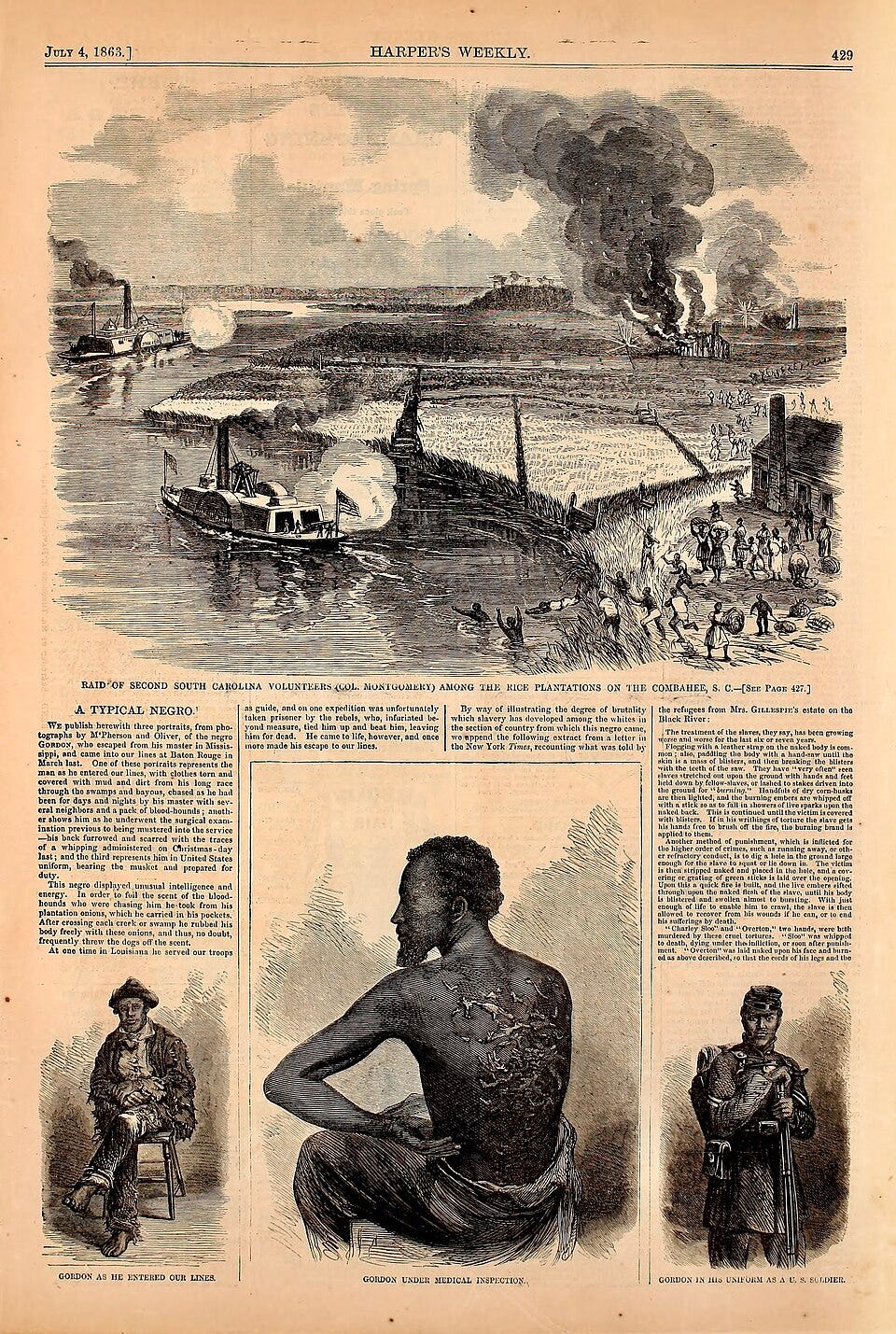Exploring Historical Injustices Through Portraits
In the tapestry of American history, the stories of enslaved Black individuals often remain overshadowed by the sweeping narratives of freedom and progress. Too frequently, these pivotal moments are ignored, leading to a distorted understanding of the past. One compelling narrative that breaks through the silence is that of Peter, a Black man who escaped from a Louisiana plantation during the Civil War in 1863. His story is not just a tale of personal struggle; it serves as a stark reminder of the atrocities of slavery and the ongoing need to engage in these difficult conversations.
The Harrowing Journey of Peter
When Peter sought refuge at a Union base in Baton Rouge, he carried with him the visible scars of a harrowing past. His back, marked by twisted, raised scars from vicious whippings, became a silent testament to the brutality of slavery. In the face of often dismissive historical accounts that claimed enslaved individuals were content, Peter’s body told an unassailable truth. One journalist remarked that this photograph—captured during his physical examination for service in a Black regiment—should be replicated and disseminated across the nation. It transcended the efficacy of even the most eloquent abolitionist speeches, stripping away layers of denial and exposing the raw reality of human suffering.
The Power of Visual Narrative
The era of abolitionists was characterized by fervent speeches, penetrating essays, and poignant poems that sought to illuminate the inhumanity of slavery. However, the power of Peter’s photograph lay in its immediacy. Unlike written words, the image bore witness without the need for interpretation or embellishment. As one observer noted, “It tells the story in a way even Mrs. Harriet Beecher Stowe cannot approach, because it tells the story in the eye.” This stark visual narrative compelled viewers to confront the uncomfortable truth of their society.
Cultural Resistance to Acknowledge History
Despite the weight of evidence presented through images like Peter’s, there remains a persistent reluctance to openly confront the realities of slavery in American history. This tendency to silence discussions around such traumatic histories can be understood as a cultural defense mechanism, one that seeks to shield communities from uncomfortable truths. During the period between 1836 and 1844, discussions regarding slavery were actively curtailed in the U.S. House of Representatives, where petitions to abolish slavery were met with systematic rejection. This institutionalized silencing has contributed to a milieu where the legacy of slavery is often glossed over or sanitized in educational contexts.
The Role of Art in Social Justice
Art and visual storytelling have historically played a crucial role in advocating for social justice, offering a platform to marginalized voices. The portrayal of figures like Peter extends beyond mere documentation; it serves as a call to action. Each photograph, painting, and sculpture encapsulates not only individual narratives but also collective suffering and resilience. By weaving these stories into the fabric of our cultural consciousness, society can cultivate empathy and understanding, transforming historical injustices into a shared narrative that drives advocacy for change.
Conversations That Must Happen
Addressing the historical mistreatment of Black individuals requires deliberate, open dialogues. The discomfort surrounding these conversations often stems from a lack of understanding or an unwillingness to engage with the past. As we reflect on the implications of Peter’s story, we must confront the challenges of discussing race, trauma, and injustice in America. Acknowledging the past is not merely an academic exercise; it is a crucial step toward reparative justice and healing.
By re-examining historical portraits like Peter’s, we can foster deeper awareness and encourage conversations that seek to bridge the gaps between past injustices and present realities. Art has the power not only to reveal truths but also to mobilize communities toward a future where freedom and justice are genuinely upheld for all.



